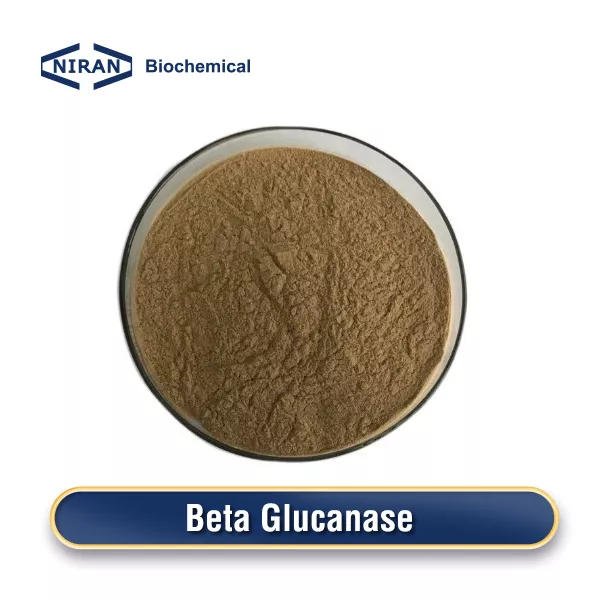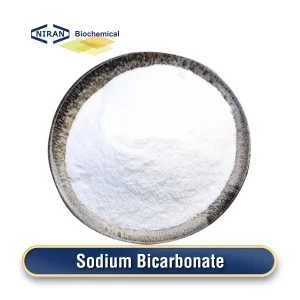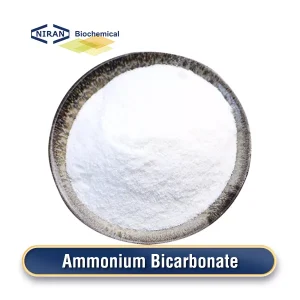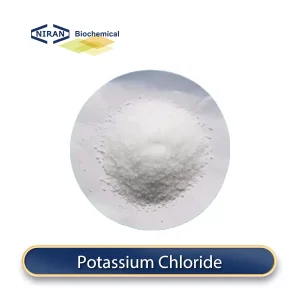What is β–Glucanase?
β-Glucanase is an endonuclease with a yellowish or brown powder appearance. This product has a broad range of applications in the food and feed additive industries, as it can efficiently break down β-glucan present in the cell walls of wheat and cereal endosperm.
There are several main methods for preparing β-Glucanase:
- Microbial fermentation is the main method for producing β-glucanase. This method uses specific microorganisms, such as bacteria and fungi, to ferment under suitable conditions, and controls parameters such as temperature, pH, and oxygen supply during the fermentation process to promote the production of enzymes.For example, microorganisms such as Bacillus subtilis, Aspergillus niger, and Penicillium ibregano are used to produce β-glucanase. This method is not only low-cost, but also capable of large-scale production, so it is more common in practical applications.
- Although chemical synthesis is not a mainstream method, it is also used in certain specific cases. This method usually involves complex chemical processes, which may include specific chemical reactions and purification steps to obtain the desired β-glucanase. However, this method is usually costly and may involve complicated operation and purification processes, so it is rarely used in industrial production.
Recommended dosage:
| Food name | Maximum usage(g/kg) |
| Bread and biscuits | 0.1-0.5 g/kg |
| Dairy products | 0.05-0.2 g/kg |
| Fruit drinks | 0.02-0.1 g/kg |
| Meat products | 0.1-0.5 g/kg |
| Beer | 0.02-0.1 g/kg |
| Seasonings and sauces | 0.05-0.2 g/kg |
| Candy and chocolate | 0.1-0.5 g/kg |
| Plant protein products | 0.1-0.5 g/kg |
| Convenience foods | 0.1-0.5 g/kg |
| Salad dressings and salads | 0.05-0.2 g/kg |
| Lactic acid bacteria drinks | 0.02-0.1 g/kg |
| Baking mixes | 0.1-0.5 g/kg |
β–Glucanase has a wide range of uses
- Improve food processing performance: In dough products such as bread and biscuits, β-Glucanase can degrade β-glucan in flour, reduce the stickiness of dough, improve its processing performance, and make the dough easier to operate and shape.
- Improve food texture and taste: In bread and other flour products, β-Glucanase can improve the taste of bread, making it softer and chewier, and also help improve the overall texture and taste of the product.
- Promote food digestion and nutrient absorption: In food processing such as grains and oatmeal, β-Glucanase can degrade β-glucan in grains, making the nutrients in them easier to digest and absorb, thereby improving the nutritional value of food.
- Improve the β-glucan content in malt: In beer production, malt contains a high level of β-glucan. β-Glucanase can effectively degrade these polysaccharides, which helps improve the filtration performance and brewing efficiency of wort.
- Enhance the stability and taste of dairy products: In the processing of dairy products, such as yogurt and cheese, β-Glucanase can degrade β-glucan in milk, improve the stability and taste of the product, and improve the eating experience.
User asked question:
Q: What is the difference between β-glucan and β-glucanase?
A: β-glucan is a polysaccharide compound that exists in food raw materials, such as barley and oats, and affects the texture and nutritional properties of food.
β-Glucanase is an enzyme that can degrade β-glucan molecules and break them down into smaller components to improve the processing performance and nutrient absorption of food. It is typically added when processing food. Therefore, the essential difference between them is that the former is an ingredient in food, and the latter is a functional enzyme used in food processing.




